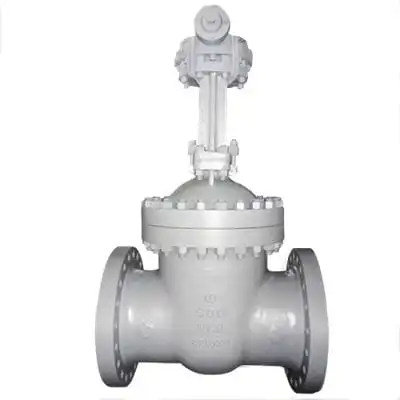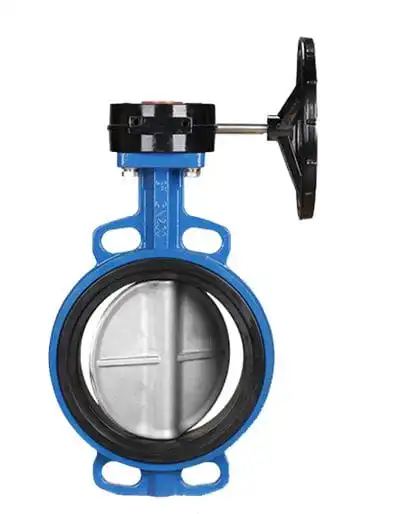Gate valves are valves whose opening and closing part (the wedge) moves along the vertical direction of the channel axis. It is mainly used to cut off the medium in the pipeline.

Advantages of Gate Valves
① Low fluid resistance
② Small torque required for opening and closing
③ Unrestricted flow direction of media
④ When they are fully opened, their sealing surfaces are less scoured by the working medium.
⑤ Simple structure, short length and good manufacturing processes
⑥ Water hammer is not prone to occur.
Disadvantages of Gate Valves
① Large overall dimension and large installation space
② During the opening and closing process, relative friction occurs between the sealing surfaces, which is easy to cause scratches at high temperatures.
③ General gate valves have two sealing surfaces, which makes them difficult to process, grind and maintain.
④ Long opening and closing time
Butterfly Valves
A butterfly valve is a kind of valve that uses disc type opening and closing parts to rotate about 90° to open, close and regulate the fluid channel. It is widely used in gas pipelines and waterways of metallurgy, light industry, electric power and petrochemical systems.

Advantages of Butterfly Valves
① Simple structure, small sizes, light weights and less material consumption
② Quick opening and closing and small flow resistance coefficient
③ They can be used not only for media with suspended solid particles, powder and granular, but also for ventilation and dust removal pipelines.
Disadvantages of Butterfly Valves
① Butterfly valves have a small flow regulation range. When their opening angle is 30%, the flow reaches about 95%.
② Butterfly valves are not suitable for high-temperature and high-pressure pipeline systems due to their limitation of the structure and sealing materials.
③ Butterfly valves have poor sealing performance. They are used in places where the requirement for sealing is not high.
